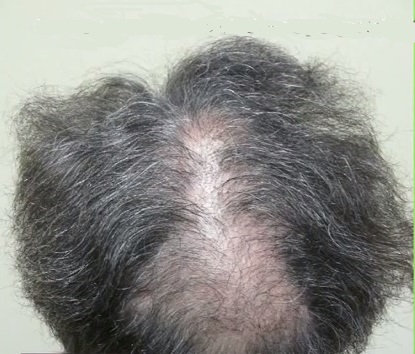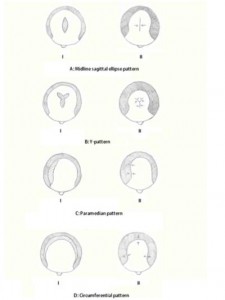
In a scalp reduction procedure, bald sections of the scalp are removed. The part of the skin that has hair is then pulled to reduce the size of the bald area. The edges of the wound are then closed.
Is Scalp Reduction A Good Choice For Hair Restoration?
Scalp reduction is now considered to be an outdated procedure for addressing hair loss. It incurs high risk of complications and deformities.
Overall its disadvantages outweigh the potential benefits of the procedure. These include:
- Risk of necrosis, or tissue death due to a lack of blood and oxygen.
- Abnormal elevation of the periauricular hairline caused by pulling the scalp area inwards
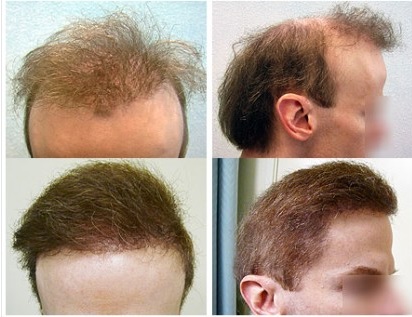
- Reduced hair density in the donor region caused by stretching
- Possibility of the skin stretching in the opposite direction, restoring the original surface area of baldness. This of course defeats the purpose of hair restoration
- Formation of a slot, where a visual dichotomy is evident as regions of hair with opposite growth patterns are placed side by side. (Shown in the before patient photo below) This is more likely to occur in the of patients with a relatively small balding area in the crown.
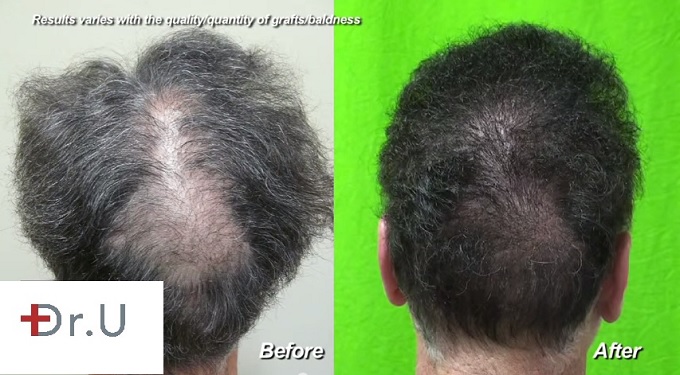
- Expansion of the scar as shown in photos below:
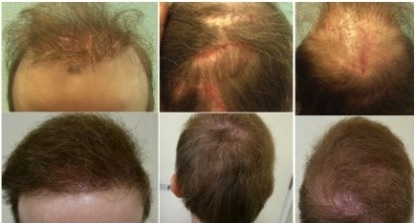
- Hair loss, or alopecia around the scar
- Loss of feeling due to damaged nerves (hyposthesia)
Scalp reduction procedures are no longer considered to be viable treatment options in hair restoration. Follicular Unit Extraction is able to give results that do not include any type of linear scarring. And advanced techniques (e.g. body hair transplant) can be customized to address a wide range of hair loss challenges to give excellent results without the risk of cosmetic disfigurement.
However, scalp reduction can be performed for accident patients, burn victims and individuals with certain types of congenital birth defects.
UGraft FUE Instead of Flap Surgery For Hair Restoration
Temporoparietal Occipital flap surgery tends to have high complication rates and results are cosmetically unacceptable. Advanced UGraft Follicular Unit Extraction for the restoration of hair as a superior alternative to the flap surgery and it can be used to repair the poor outcomes of antiquated hair surgeries as shown in these videos:
Or this: https://www.youtube.com/watch?v=hjLK-oq2RfQ&list=PLHNSPUQnYInL-icJplGtG3L3XKIlx1M-K&index=130
The newer technique of extracting follicular units (natural groupings of hair) has a wide range of applications. For example, finer hair from the nape and other parts of the body can be artistically used for detailed hairline transplant purposes. FUE can also offer severely bald individuals excellent results through body hair transplantation, as Dr. Umar has demonstrated. The extraction of individual hair grafts leaves small round wounds in the donor area that eventually heal. There are no linear scars to hide or worry about.
Read more on Dr U hair transplant repair procedure of botched hair surgeries

